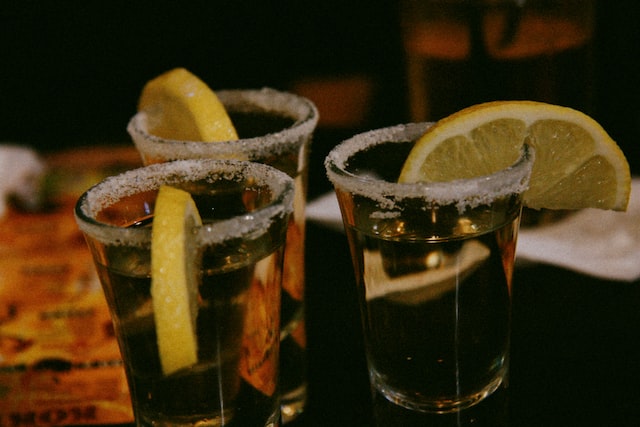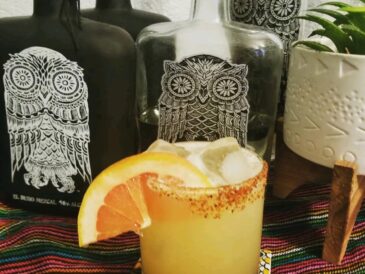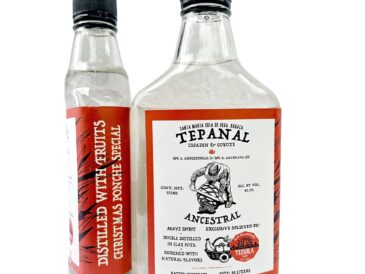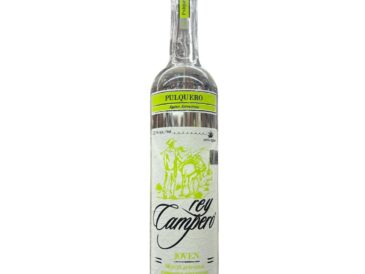The other day, a customer walked into the store looking for a particular type of spirit with a worm. They weren’t interested in discussing the spirit’s notes, flavors, or finish but were seeking a bottle with a worm inside.
Where’s the Worm?
I prefer my spirits critter free. I do not believe I’ve ever encountered a worm in my tastings (which is a very polite way to describe the shots back in college), but the rumor was the last person to finish the bottle of Tequila was obligated to eat the worm. Of course, in those days, when we got to the bottom of the bottle of Tequila, not passing out was a bigger concern than the alleged worm. But I digress.
I’m happy to say I have become more of a sipper than a shot drinker in my maturity.
Happily, we are fresh out of worms.
The idea of a worm in a bottle of Tequila or mezcal is a common misconception. Tequila and mezcal production does not involve adding a worm to the spirit.
Adding a worm or larvae to a bottle of mezcal originated in the mid-20th century as a marketing gimmick to distinguish certain brands from others. The worm used is the larva of a type of moth that infests agave plants, but it was never a traditional or common practice in mezcal production.
While some brands of mezcal may still include a worm in their bottles, it is not a defining characteristic of mezcal, and the Mexican government now discourages the use of a worm.
Similarly, tequila production does not involve adding a worm to the spirit. Adding a worm to tequila bottles also originated as a marketing strategy in the 1940s; it was never a traditional or common practice in tequila production.
So, to summarize, neither tequila nTequilaitional mezcal production involves adding a worm to the spirit. Any bottles that claim to contain a worm are likely doing so as a marketing gimmick, and the presence of a worm is not an indicator of quality or authenticity.
Are you looking for a worm-free spirit? Then, visit us at SF Tequila Store.




